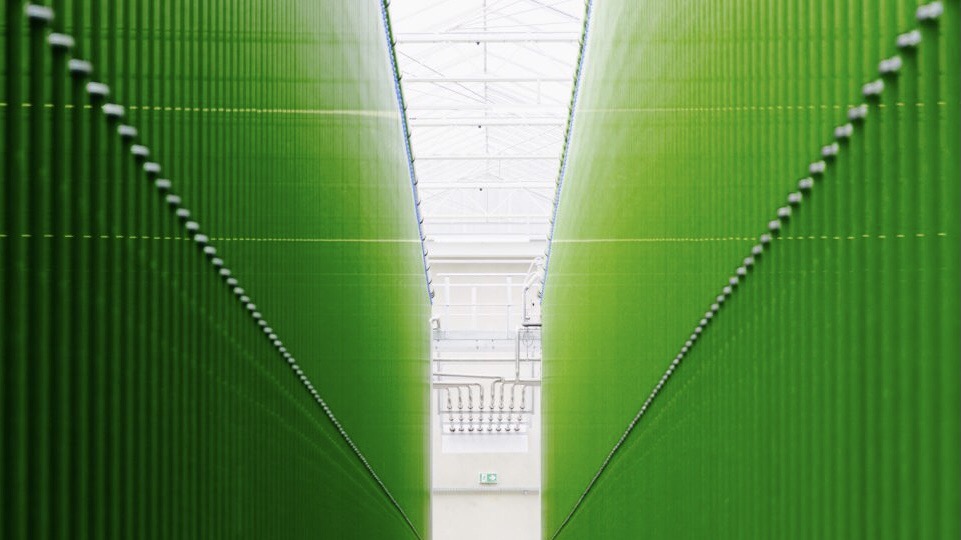Injection Molding vs. Milling in Implant Production
- Igor Dogocki

- 7 days ago
- 3 min read

Modern implantology stands at the intersection of technology and biology. Every detail in an implant’s design, from its thread geometry to its surface structure, depends on how it’s made. Two primary manufacturing routes dominate today’s market: injection molding and milling. Although both can produce high-precision components, their underlying philosophies, technical processes, and biological implications differ profoundly.
In this article, we explore how these methods shape the final quality of a dental implant, especially in the context of advanced systems like BIO-X
The Philosophy Behind Each Method
Injection Molding – Creating Form Through Flow
Injection molding begins with ceramic powder blended into a binder system to create a feedstock. This mixture is injected into a steel mold under high pressure and temperature, replicating the mold’s cavity with remarkable fidelity. After molding, the “green” part undergoes debinding (binder removal) and sintering (densification), transforming it into a dense, monolithic ceramic implant.
Injection molding is ideal when the goal is reproducibility and complex geometry at scale. Once the mold is perfected, every subsequent implant is nearly identical.
Milling – Sculpting Form Through Subtraction
Milling, in contrast, starts with a solid block—often pre-sintered or fully sintered ceramic. Using high-precision CNC systems, the implant geometry is carved out with diamond tools following a digital CAD design.
This subtractive process offers extreme flexibility and is well suited for prototyping, small batches, and individualized components such as patient-specific abutments.
2. Dimensional Accuracy and Surface Quality
While both methods can achieve micrometer precision, their paths to perfection differ.
Injection Molding: The accuracy depends on the mold design and sintering shrinkage control. Ceramic materials shrink 15–20 % during sintering, requiring predictive compensation. Once optimized, the results are consistent and repeatable.
Milling: Here, dimensional control relies on tool wear, cutting strategy, and machine calibration. Because milling works with hard materials, the edge precision is often superior, but it demands constant maintenance and slower production cycles.
Conclusion:Injection molding excels in repeatability, while milling shines in custom precision and geometric sharpness.
3. Material Integrity and Microstructure
This aspect is particularly important for ceramic implants, where mechanical strength depends on a flawless microstructure.
Injection-Molded Ceramics:The sintering step allows atoms to reorganize, eliminating most defects and forming a homogeneous, isostatic microstructure. This process minimizes internal stress, making molded implants stronger and more resilient against fracture.
Milled Ceramics:Milling introduces micro-cracks and tool-induced stresses, especially in fully sintered blocks. While these can be reduced by careful polishing and heat treatment, the risk remains higher compared to molded ceramics.
Verdict:Injection-molded implants tend to offer superior mechanical reliability—a key factor when designing one-piece zirconia or glass-ceramic implants.
4. Design Freedom and Engineering Complexity
Milling enables fast iteration. Engineers can change digital files instantly, test new geometries, and produce unique implant prototypes within hours.
Injection molding, on the other hand, demands expensive steel molds that take weeks to manufacture. However, once done, they produce thousands of parts with zero deviation.
5. Surface Treatment and Osseointegration Potential
In implantology, the surface is everything. It dictates the biological response, cell adhesion, and long-term integration with bone.
Milled Surfaces:Usually smoother, unless post-treated. Micro-roughness must be introduced afterward via sandblasting, laser structuring, or chemical etching.
Injection-Molded Surfaces:The sintering process naturally creates micro-porosity and topographic texture, which can be enhanced during mold design or sintering atmosphere control.
6. Cost Efficiency and Sustainability
Milling: Generates significant material waste—up to 70 % of the original block is removed and discarded. Diamond tools wear out quickly, adding recurring cost.
Injection Molding: Uses nearly 100 % of the feedstock, and once the mold is amortized, unit cost drops dramatically.
With sustainability becoming a regulatory focus in medical manufacturing, molding represents a greener long-term path.
7. Regulatory and Quality Considerations
Both processes fall under ISO 13485 and MDR supervision, but the validation paths differ.
Milled implants require machine calibration records, tool wear monitoring, and proof of consistent dimensional outcomes.
Molded implants require mold qualification, process validation, and sintering traceability—but once validated, the reproducibility simplifies batch control.
Final Thoughts
Injection molding and milling are not competitors, they are complementary tools in the evolution of modern implantology. Where milling enables innovation and personalization, injection molding ensures strength, precision, and scalability.
At Steinsohn Ceramics, we see manufacturing not as a mechanical process but as a biological promise: Every implant should behave like a natural extension of the patient’s anatomy. Whether molded or milled, what matters most is the science behind the surface, and the belief that simplicity and perfection can coexist.
At Steinsohn , we choose milling because precision and individuality matter.
Digital accuracy: Each implant is cut directly from the digital model
Surface control: It provides the perfect foundation for our BIO-X surface, ensuring ideal roughness and bioactivity.
Estimated reading time: 8 minutes
Author: Steinsohn Ceramics R&D Teamwww.steinsohnceramics.com – Developed by Dentists. Inspired by Nature.





Comments